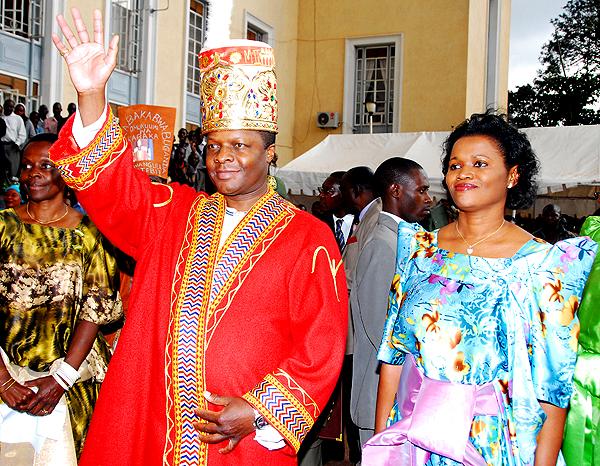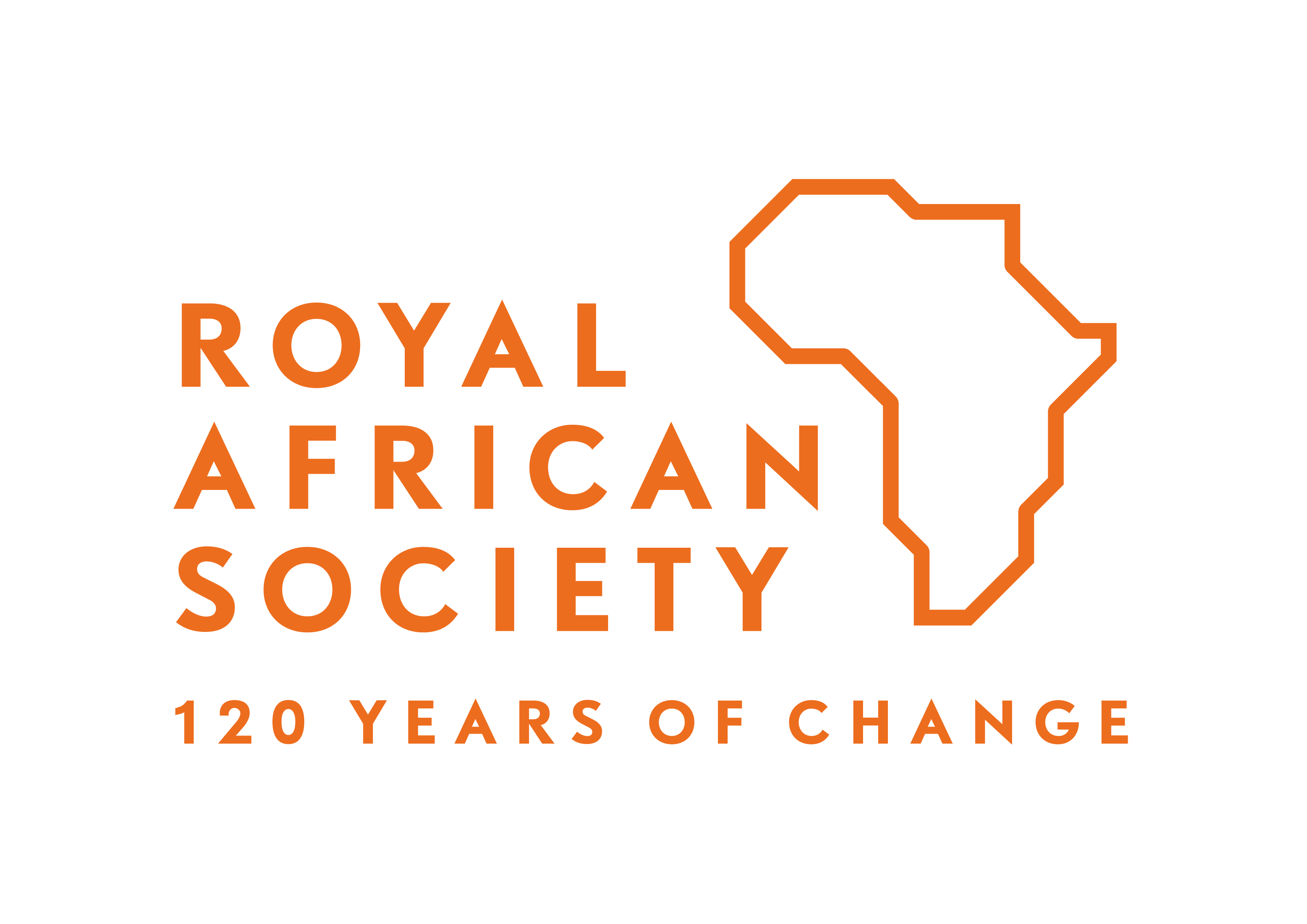“˜Hybrid’ governance and Africa: examining a development buzzword – By Tom Goodfellow


Ronald Mutebi, Kabaka of Buganda (Uganda), has tenaciously clung to institutions based on pre-colonial and colonial past, while the government has refused to allow a role in formal state structures.
Hybridity, it seems, is everywhere today. In the wake of a decade of ruminating over the problems of “˜failed’ and “˜fragile’ states, there has been a rush to claim that the idea of “˜hybridity’ offers a better way forward for understanding the world’s most troubled and conflict-affected places.
This trend is spawning a new language among scholars concerned with conflict and development, in which “˜hybrid’ is the prefix of choice. The emerging literature abounds with terms such as hybrid governance, hybrid political order, hybrid public authority, hybrid institutions, hybrid contexts, hybrid security, hybrid structures, hybrid actors, and hybrid political spaces. Just as observers commented on the proliferation of “˜democracy with adjectives’ to explain the various forms of “˜semi-democracy’ emerging after the Cold War, today we can talk of “˜hybridity with nouns’.
The over-riding emphasis in most cases seems to be about turning a negative discourse into a more positive one: instead of focusing on the state and what it is not or does not do in particular contexts, we should focus primarily on what social and political structures do exist. In other words, more important than the failings of the state are the realities of what and who is fulfilling the roles we conventionally assume that the state should fulfil. This reality, many authors now argue, is one characterized by a high degree of “˜hybridity’. These ideas seem to have been taken up with particular vigour regarding parts of Africa.
There is clearly value in this perspective. In its worst forms, the state failure discourse was analytically bankrupt as well as being an obstacle to constructive thinking about solutions. It is also apparent that there is indeed a need in many contexts to engage seriously with what non-state actors substituting for the state are doing, and to do so with a view to the medium and even long term rather than assuming that their roles constitute temporary aberrations on the road to a “˜successful’ state in the Weberian mould.
Nevertheless, this focus on hybridity begs many questions. Those interested in hybrid forms of governance emphasize how formal and informal institutions (usually taken to mean institutions of the state versus those of non-state organizations) “˜co-exist, overlap and intertwine’. There is, however, often a distinct neglect in this new literature of the fundamental differentiation encapsulated within this statement: the mere co-existence of different institutional forms amounts to something very different from their intertwining or merging in some way. This distinction can be quite critical, as I will argue below.
Even more fundamentally, however, the hybridity concept begs the question of what kind of public authority anywhere in the world does not feature both formal and informal institutions in some combination. If hybridity is everywhere, how do we determine when this is a problem and an indicator of vulnerability to conflict, and when it is a solution? Currently, it seems that many advocates of the concept want it both ways: hybridity is posited as the defining characteristic of disorder in the DRC, yet a source of resilience in relatively stable Somaliland.
The new focus within development studies gained impetus after an influential 2008 paper by Volker Boege and his colleagues, which explicitly pitched the idea of “˜hybrid political orders’ (HPOs) as a new way of understanding what hitherto had been termed “˜fragile states’. In the paper, however, they discuss situations such as the incorporation of chiefs into local government in relatively peaceful African states, as well as endemic war zones elsewhere on the continent. More or less any situation in which non-state actors play a significant role is classed as “˜hybrid’.
Is this really helpful, or indeed accurate? If we take the meaning of the word “˜hybridity’ seriously, it explicitly describes a situation in which there is a merging or synthesis of forms to create a new form. While this may well be true of the incorporation of traditional authorities into municipal governance in South Africa or Ghana, is it really what is happening in Eastern DRC? To characterize a state operating alongside or in competition with other structures as something “˜hybrid’ is rather misleading. Ultimately, while the discourse on HPOs claims to focus on the “˜blending’ of formal and informal institutions, thus far it has often neglected the question of how and whether institutions are actually merging and hybridizing, rather than simply co-existing. The HPO idea is wilfully embracing such a high degree of generality that its utility is highly questionable. At its most vague, sometimes “˜hybrid’ is basically used as a proxy for “˜complex’.
It is therefore important to be more specific about the different kinds of institutional interface taking place in different parts of Africa, interrogating whether these actually involve the emergence of “˜hybrid’ forms of governance rather than coexisting or competing institutions and structures. Some of the existing literature does already make this distinction, limiting their use of “˜hybrid’ to cases where separate actors and institutions are grafted together. All too often, however, there is a tendency to broaden the use of hybridity until it becomes so sweeping as to be of little analytical use.
Notwithstanding the weaknesses of the “˜failed states’ discourse, more nuanced approaches to “˜state fragility’ had the advantage of a concrete focal object (the state), which could be broken down into various core functions, as well as a normative outcome (the absence of large-scale violent conflict) to assess in relation to the state’s fulfilment of these functions. The hybridity discourse, by contrast, seems to reject having a core object, trading a noun for a new adjective: in other words, the discourse has shifted from saying “˜we know there is a state but we don’t know quite how to describe it’, to saying “˜we know that something is hybrid but we don’t really know what “˜it’ is’. This loss of an object for analysis risks throwing the baby out with the bathwater.
In a new paper, Stefan Lindemann and myself focus our discussion around institutions – defined as humanly devised rules (both formal and informal) that shape human interaction – and make a distinction between institutional hybridity and what the Crisis States Research Centre has termed “˜institutional multiplicity’. Simply put, there is clearly a difference between institutional forms that exhibit fusion or syncretism and a situation in which different institutional forms exist side-by-side. We go further, however, arguing that it is possible to have compatible (“˜concordant’) and incompatible (“˜discordant’) forms of institutional multiplicity. The former refers to a situation where there has been no hybridization but where a non-state organization has license to implement its own rules and procedures in relation to certain circumscribed issues, rather than attempting to usurp state institutions. This, for example, could be used to characterize local sungusungu vigilante groups in Kenya and Tanzania, and is not necessarily all that problematic; institutional roles are quite clearly demarcated.
Contrasting with this, institutional multiplicity is incompatible either if the state explicitly prohibits the non-state institutions from performing roles they are already performing, or if a non-state organization seeks to perform roles that the state claims exclusive rights to fulfil. This, we argue, has been the case in the Buganda region of Uganda, where a traditional authority has tenaciously clung to institutions based on its pre-colonial and colonial past, while the government has refused to allow those institutions a role in formal state structures. Thus hybridity has been obstructed, and the unwillingness of either party to redefine their roles has also prevented institutional multiplicity from being compatible. We argue that violent conflict in the Buganda region in 2009 was ultimately an outcome of this institutional clash.
The point of the terminology used in this paper is not to claim any new discovery regarding institutional interaction but to refocus a debate that has lost sight of the critical importance of differentiation among states that are institutionally complex and changing. It also brings back into play the important question of the conditions under which formal-informal institutional interface is likely to be a source of major conflict rather than just a state of normalcy, or indeed a solution to conflict.
Observing how language in the development policy world changes over time is revealing of trends in developed country politics as well as academia. A renewed disillusionment with state solutions infuses the “˜hybridity’ discourse. The way in which ideas gain momentum through research funding fads is also striking, with one major development institute recently asking all job candidates to prepare talks on “˜hybrid governance’ because they perceive that this is where governance research funding lies in the near future. In this context it is critically important to be clear about the object of interest. While “˜fragile states’ were far from unproblematic, there is a risk of them being replaced with something even less coherent.
Tom Goodfellow is a Teaching Fellow in the Department of International Development at the London School of Economics and Political Science.






For some time I have wondered why western countries (try to) implement democratic structures onto countries with very different social/ institutional landscapes. As a casual reader it’s brilliant to discover a body of knowledge forming around just how complex societies are and how you could start to form governing organisations that actually reflect the society it’s based in.
Possibly worth applying to Europe as well now?ïŠ
[…] LSE’s Tom Goodfellow seeks to refocus a debate that has lost sight of the critical importance of differentiation among states that are institutionally complex and changing. This post originally appeared on African Arguments. […]
Really enjoyed this. My understanding of what Boege etal were romantically looking for were cases where the actual form of the state has incorporated ‘traditional’ elements as in the perceived ‘African solution for an African problem’ in Somaliland. This raised two major questions. 1.How far was the ‘traditional’ element just window dressing as in the appointment of a powerless Coulcil of Elders. 2. If traditional bodies have real power, how far should Western proponents be supporting bodies that exclude women, youths and in-migrants ?
used to treat malaria chloro https://chloroquineorigin.com/# what are the side effects of hydroxychloroquine